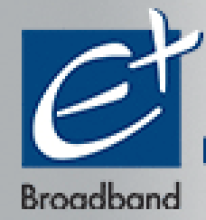Green Tech Grid asks, "Are Munis and Co-Ops Leading Smart Grid?" And the rest of the article says, "YES." This should come as no surprise for readers of this site. The dynamics, and even players, in smart-grid are very similar to those of community networks. There are essentially two approaches to smart-grid: that of the investor-owned utilities that see smart-grid investments as an opportunity to raise rates, and that of munis and coops who see an opportunity to cut costs and better serve their ratepayers.
In Leesburg's case, they knew that just an advanced meter deployment would cut their cost. "We told our commission we're not going to increase our rates because we're rolling this out," said Paul Kalv, Electric Director of Leesburg Power. "And we know we'll be reducing the customer charge to share those savings." So far the city has saved about $1 million. Kalv talks a lot about his customers. When one guy complained about his smart meter, Kalv personally went over to his house to check it out. It is that sort of on-the-ground interaction that is simply not possible for the CEO of investor-owned utilities, like Florida Power & Light Company, where Kalv worked for 22 years.
I raise this issue to note that the article discusses Leesburg and Lake County, Florida, without mentioning their investments in broadband. But when Leesburg applied for the Google Gigabit project, they noted their fiber-optic assets.


